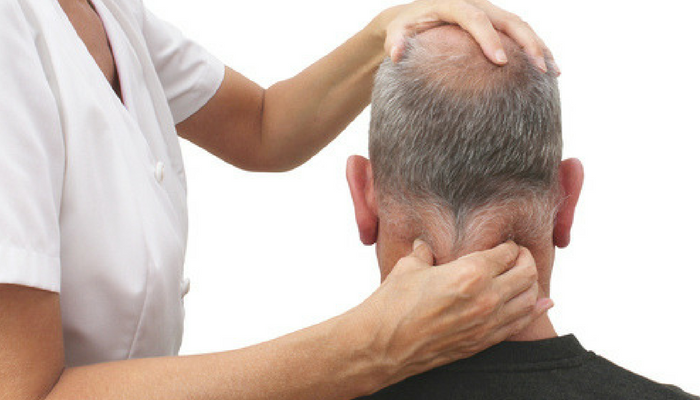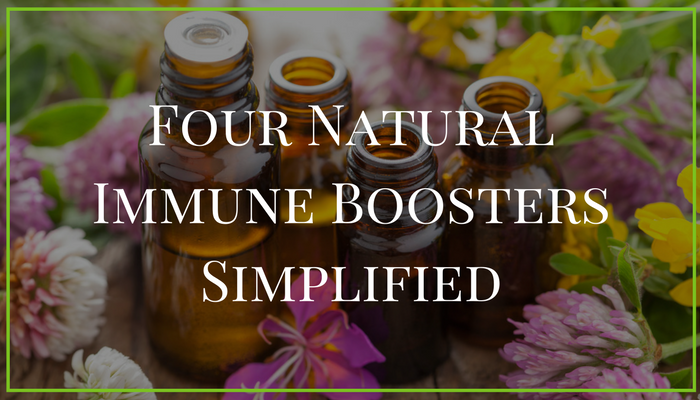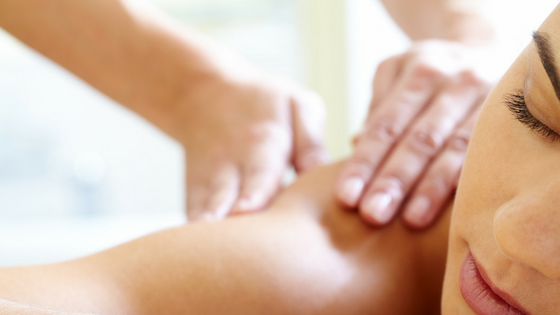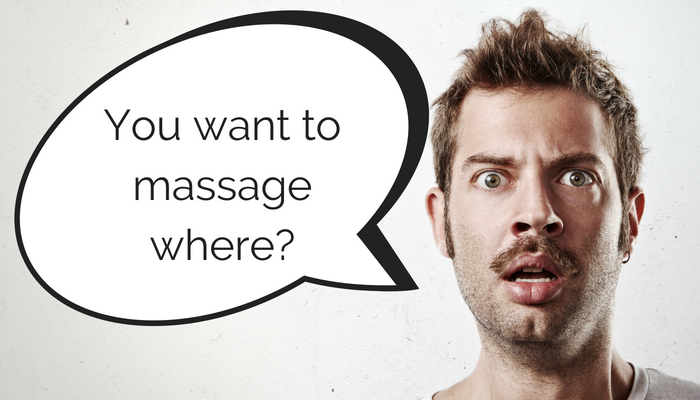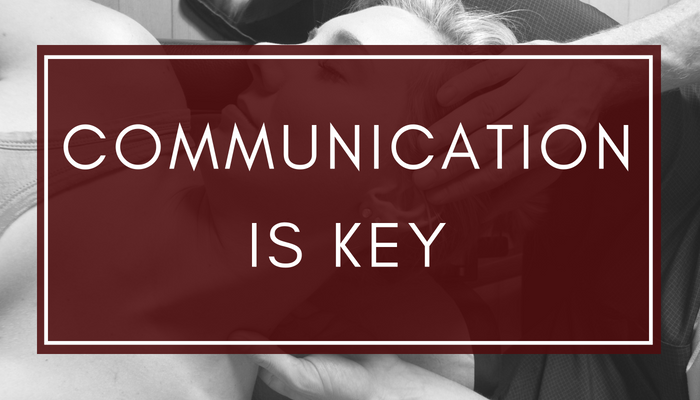If you are currently expecting, plan to be or know someone who may at some time be, then listen up! In other words, this information is for everyone.
This is one of those pearls of wisdom that hardly anyone talks about but that is so important. EVERYONE should know.
Hormonal Changes During Pregnancy
During pregnancy, a woman’s body produces elevated levels of multiple hormones to support gestation and delivery. One of these important hormones is called Relaxin. Descriptive of its name, this hormone “relaxes” everything from the lining of the uterus to the membranes surrounding the fetus which causes a softening of the cervix and vagina in preparation for childbirth.
Additionally, Relaxin makes the ligaments stretchy in the front of the pelvis to ease the delivery of the baby. Relaxin is released, like many hormones, into the bloodstream from the pituitary gland. Though the target organs and structures are in the pelvis there is a systemic “relaxing” effect on ALL the joints of the body.
It can take up to 5 months after birth for the ligaments to get back into their original positions and stabilize.
How do Hormones During Pregnancy Effect Postpartum Health?
Why does any of this matter? Because this postpartum window provides a priceless opportunity with the elasticity of the body to realign, rehab and reset the structural integrity of the body from not only the trauma of pregnancy and delivery but imbalances or injury from child/young adulthood.
Beg, borrow or steal (well maybe not steal) every postpartum woman should make a concerted and concentrated effort to get the care she needs to restore herself to her former glory!
The ideal therapies for this restoration are a combination of massage and chiropractic care. Making the time and effort to invest in herself during this crucial healing period can yield a lifetime of benefits. There is no other comparable “reset” opportunity for a woman’s body.
Post-Pregnancy Health
As a woman who had carried and birthed six children, I can personally attest to the difference.
I did not know any of this until after the birth of my second child. Not receiving any massage or chiropractic care after my first resulted in a miserable and agonizing pregnancy for #2 with pseudo sciatica and the worst structural aches and pains of any of my pregnancies. Even pregnancy #6 was a walk in the park comparatively. This I ABSOLUTELY attribute to the difference in the postpartum self-care that I practiced from babies two through six.
Don’t be a victim of ignorance. Please share this information with everyone you know.

